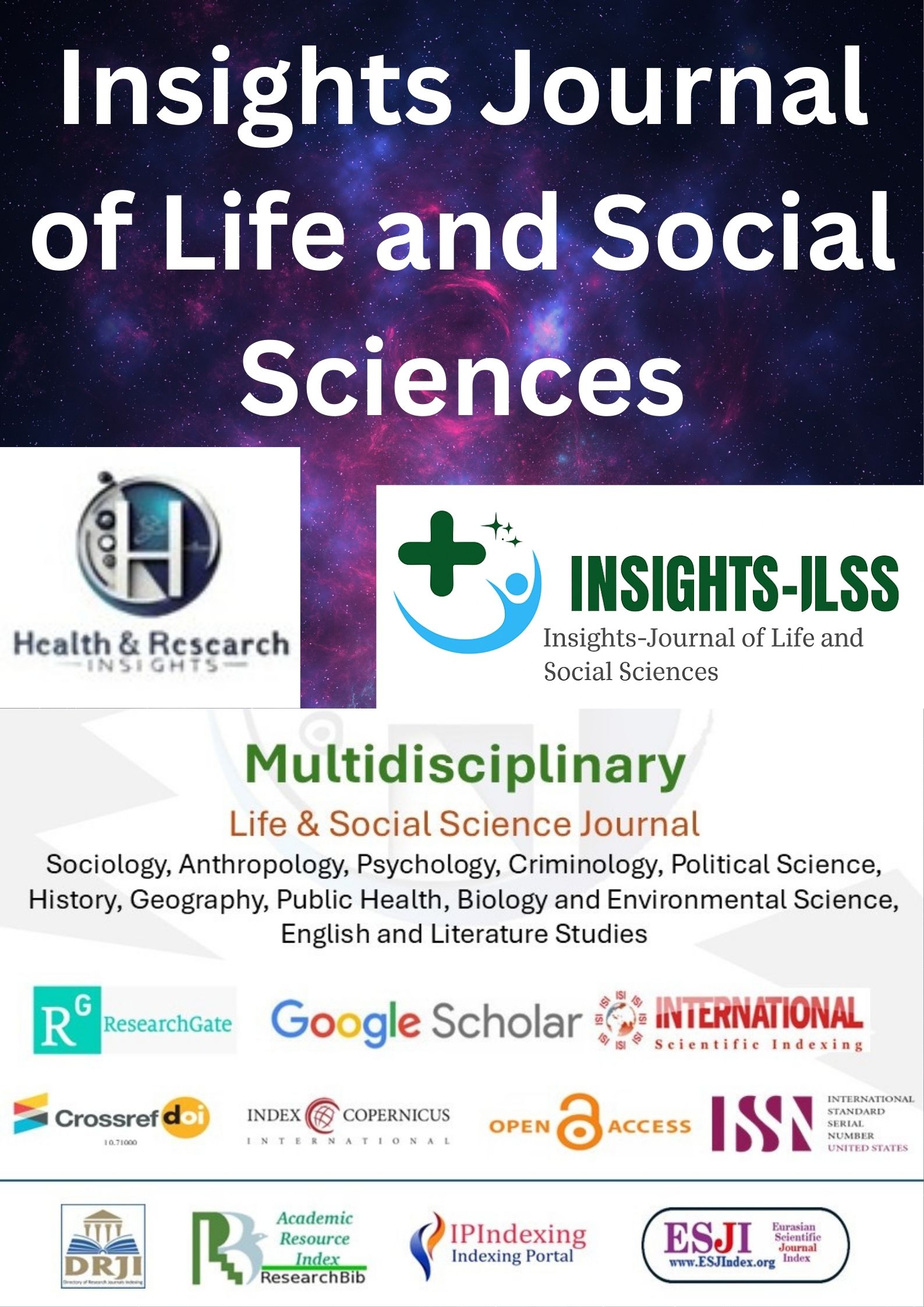DEVELOPING AN INTERPRETABLE ML MODEL TO DIFFERENTIATE BETWEEN EARLY-STAGE PARKINSON’S DISEASE AND ESSENTIAL TREMOR USING WHOLE-BRAIN WHITE MATTER CONNECTIVITY: A CROSS-SECTIONAL STUDY
Main Article Content
Abstract
Background: Differentiating early-stage Parkinson’s disease from essential tremor remains a significant diagnostic challenge due to overlapping clinical features. Conventional diagnostic tools often lack sensitivity in early disease stages, leading to misclassification and treatment delays. Advances in neuroimaging and machine learning offer opportunities to enhance diagnostic precision, yet concerns over interpretability limit clinical adoption.
Objective: To develop an interpretable machine learning model using whole-brain white matter connectivity to distinguish early-stage Parkinson’s disease from essential tremor and provide visual explanations to enhance clinician trust.
Methods: A cross-sectional study was conducted over five months in Punjab, enrolling 240 participants (120 early-stage Parkinson’s disease, 120 essential tremor). Diffusion tensor imaging tractography was performed to quantify whole-brain white matter connectivity. Machine learning classifiers were trained and validated using an 80:20 split, with Shapley Additive Explanations (SHAP) applied to visualize feature contributions. Demographic and clinical characteristics were summarized descriptively. Model performance was assessed by accuracy, sensitivity, specificity, and area under the receiver operating characteristic curve (AUC). Pearson correlation was used to examine associations between connectivity features and classification outputs.
Results: The model achieved an accuracy of 89.6%, with sensitivity and specificity of 87.6% and 91.2% respectively, and an AUC of 0.94. The most influential features included nigrostriatal tract integrity, supplementary motor area connectivity, and frontoparietal fiber organization. SHAP visualizations highlighted biologically plausible patterns aligning with established neuropathological findings.
Conclusion: An interpretable machine learning model using whole-brain connectivity reliably differentiated early Parkinson’s disease from essential tremor. By offering transparent explanations, the approach enhances clinical applicability and addresses barriers to trust in AI-driven diagnostics.
Article Details

This work is licensed under a Creative Commons Attribution-NonCommercial-NoDerivatives 4.0 International License.
